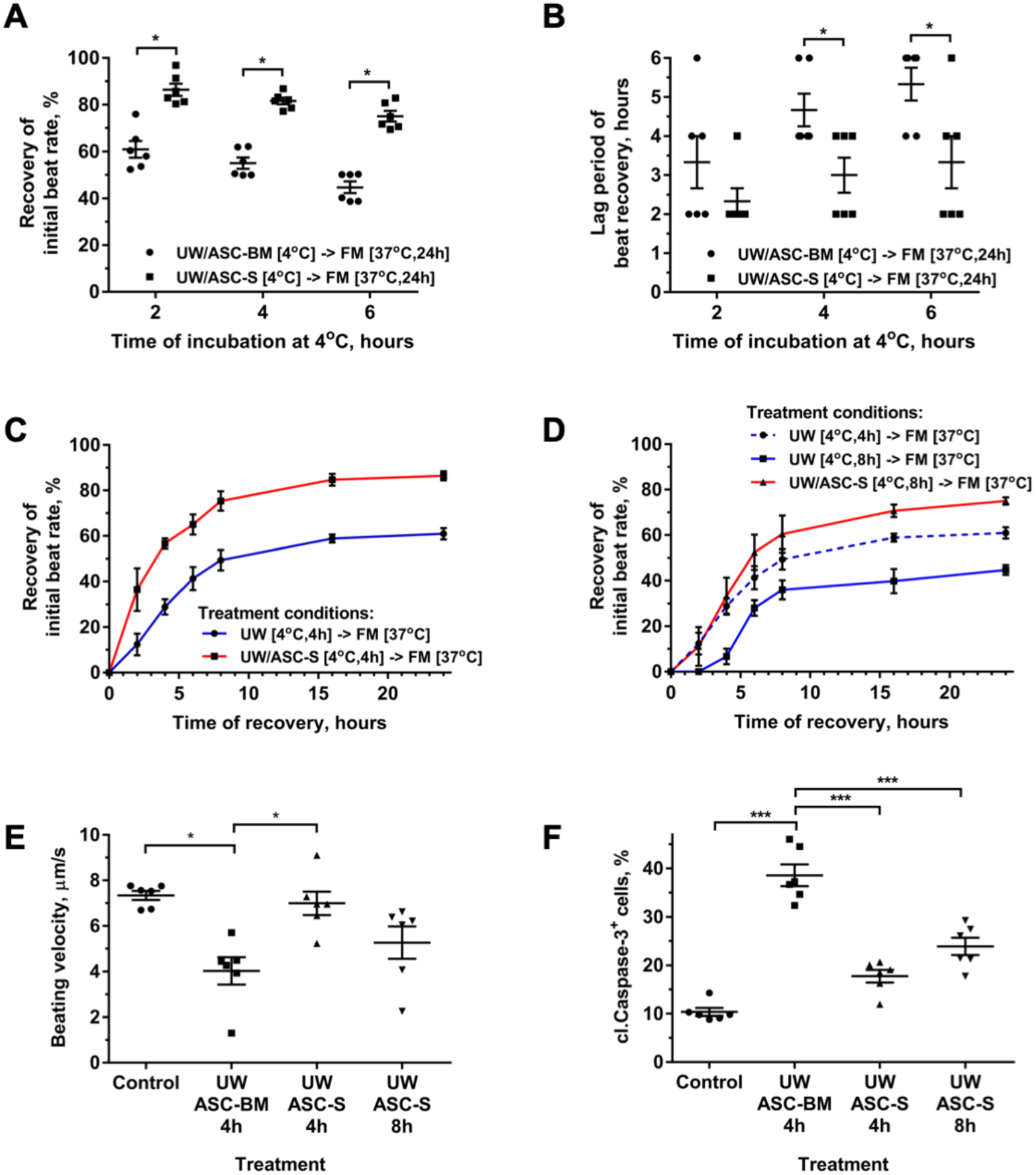Figure 2. ASC-S protects iCM during UW exposure.

(A) Recovery of beating rate of iCM incubated in either UW/ASC-BM or UW/ASC-S at 4°C for 4–8 hours followed by recovery in standard iCM culture media (FM) at 37°C for 24 hours. (B) Analysis of the minimal period required for iCM to re-establish stable beating rate after exposure to UW/ASC-BM or to UW/ASC-S at 4°C for 4–8 hours. iCM after exposure to UW/treatment were incubated in FM at 37°C and the incidence of iCM contraction was checked hourly. (C, D) Dynamics of beating rate recovery in iCM incubated in FM after cell exposure to either UW/ASC-BM (C: for 4 hours; D: 4 and 8 hours) or to UW/ASC-S (C: for 4 hours; D: 8 hours) at 4°C. (E, F) Beating velocity of iCM (E) and prevalence of cleaved caspase-3+ iCM (F) after cell exposure to UW/ASC-BM for 4 hours or to UW/ASC-S for 4 and 8 hours at 4°C, followed by cell recovery in FM for 24 hours. Time “0” represents the timepoint at which UW solution ± supplement was exchanged to FM. iCM incubated in FM throughout the experiment represent the positive control. Statistics: (A-F): one-way ANOVA with Tukey’s post hoc test; n=6 for each graph; *p ≤ 0.05, **p ≤ 0.01, ***p ≤ 0.001.
